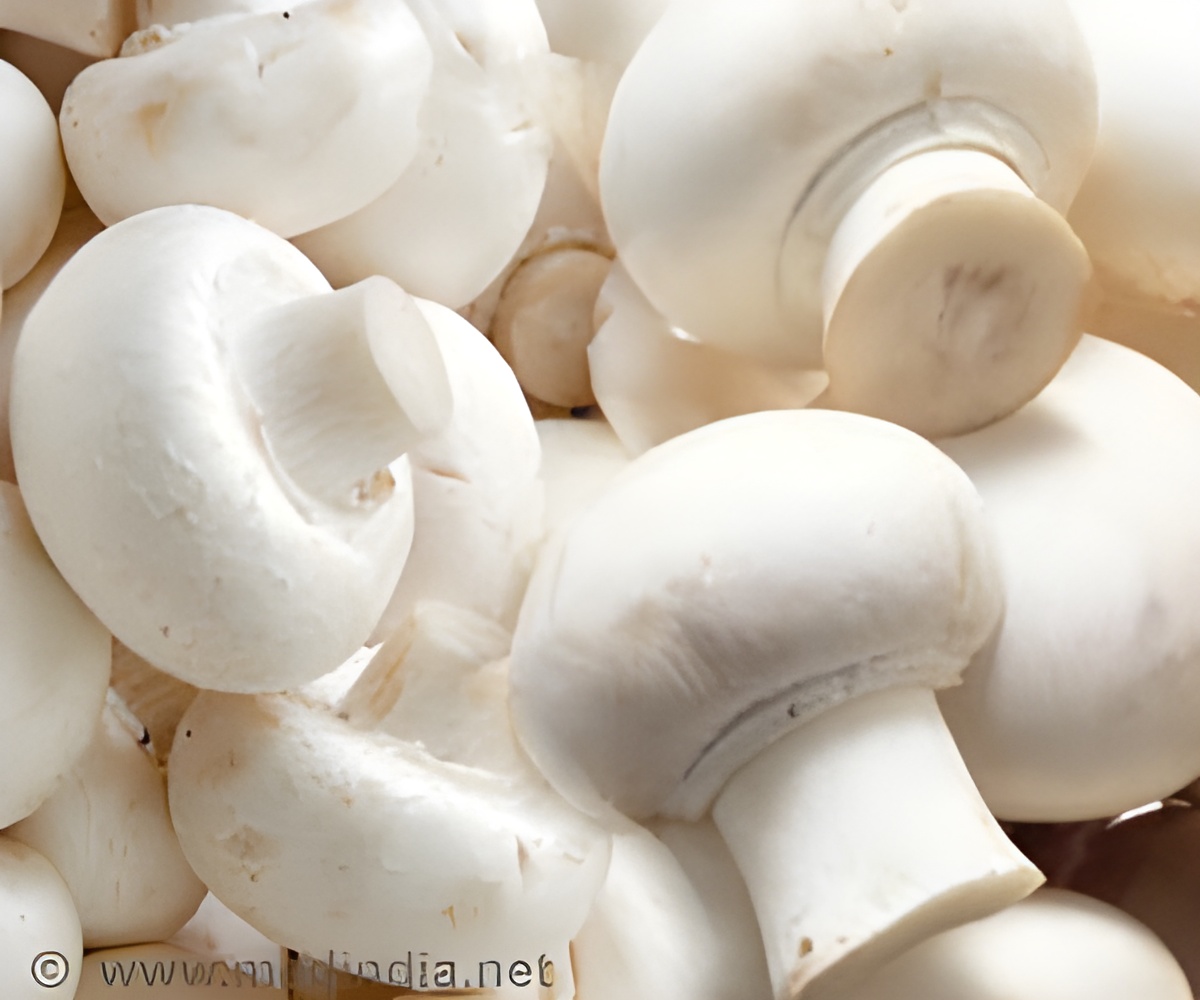A new protein with antibiotic properties that kills bacteria has been identified in a mushroom by scientists.

Led by Markus Aebi, Professor of Mycology, the researchers discovered the substance, that grows on horse dung, in the common inky cap mushroom Coprinopsis cinerea, and were interested in understanding how the fungus and various bacteria affected each other's growth. It was found that C. cinerea had the ability to kill certain bacteria. Further research demonstrated that the copsin produced by the mushroom is responsible for this antibiotic effect.
The ETH professor has been much more intrigued by fundamental questions, such as how fungi have used defensins and other naturally antibiotic substances for millions of years to protect themselves against bacteria. Why does this work for fungi while humans have been using antibiotics in medicine for just 70 years with many of them already becoming useless due to resistance?
Lead author of the study, Andreas Essig, who is currently exploring potential applications for copsin that has been registered for patent approval, said that it was an exceptionally stable protein because it remains stable when heated to a temperature of 100 degrees Celsius for several hours or when subjected to protein-degrading enzymes. The researchers believe that the protein had these properties because of its extremely compact three-dimensional structure, as NMR spectroscopy showed.
The ETH researchers were also able to unravel the exact mechanism of action, discovering that copsin could bind to lipid II, an essential building block for the cell wall of bacteria. Essig explained that if copsin binds to lipid II, the bacteria die because they are unable to build new cell wall.
In addition to being used as an antibiotic in medicine, it may also be possible to use copsin in the food industry as well, since it kills many pathogens including Listeria, a type of bacteria that can cause severe food poisoning and is therefore feared, especially in the production of non-heat treated foodstuffs such as raw milk cheeses and dried meats.
Advertisement










